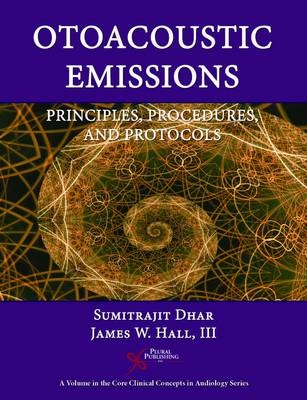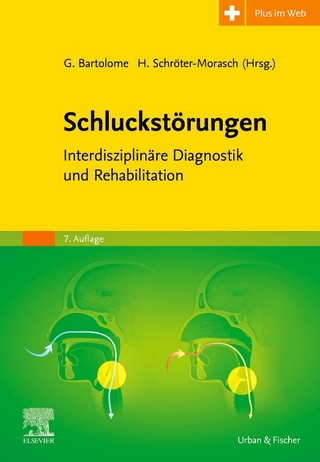
Otoacoustic Emissions: Principles, Procedures, and Protocols
Plural Publishing Inc (Verlag)
978-1-59756-342-0 (ISBN)
- Titel ist leider vergriffen;
keine Neuauflage - Artikel merken
Sumitrajit (Sumit) Dhar has studied Audiology and Hearing Science at the Mumbai University (India), Utah State University, and Purdue University. At Purdue, Sumit completed his Ph.D. in 2001 under the tutelage of Professors Glenis Long and Arnold Tubis. Between 1992 and 2000, Sumit has held several clinical positions as audiologist, audiology-supervisor, and clinic manager. His first academic appointment was at Indiana University, Bloomington. Today, Sumit is Associate Professor at the Roxelyn and Richard Pepper Department of Communication Sciences and Disorders at Northwestern University, where he teaches courses in audiology and applied hearing science and is actively involved in the operation of the AuD program. Research in his lab is primarily focused on the theory and practice of otoacoustic emissions as they relate to cochlear mechanics and auditory behavior. His research is currently funded by the National Institutes of Health and the Hugh Knowles Foundation at Northwestern University. He has also received funding from the Deafness Research Foundation in the recent past. Dr. James W. Hall III is Clinical Professor in the Department of Communicative Disorders at the University of Florida in Gainesville, where he maintains a clinical practice and is an instructor in the Doctor of Audiology on-site and distance learning programs. Dr. Hall's main research interests are auditory neurophysiology, auditory processing disorders, early identification of hearing loss in infants, and tinnitus/hyperacusis. Dr. Hall lectures internationally on these topics. He is the author of numerous journal articles, monographs, or book chapters, as well as the Handbook of Auditory Evoked Responses and Audiologists' Desk Reference Volumes I and II, the Handbook of Otoacoustic Emissions and the New Handbook of Auditory Evoked Responses.
Preface Overview of Otoacoustic Emissions Anatomy, Physiology, Mechanisms, and Theory Outer hair cells are the locus of generation But where is the nonlinearity, hair bundle or somatic motility? How do emissions return to the ear canal? If there are reflection emissions, what is the reflector? Taxonomy for OAEs: Conventional and Alternative Theories Stimulus based taxonomy Place and wave fixed emissions Nonlinear and reflection emissions Instrumentation and Calibration Current standards (IEC) Calibration at the entrance of the ear canal: advantages and disadvantages How does calibration at the entrance of the canal influence interpretation of results? Alternate strategy for calibrating OAE stimuli Clinical Measurement of OAEs: Procedures and Protocols OAE Analysis (including non-pathologic factors and trouble shooting) Applications of OAEs in Children Applications of OAEs in Adults Suppression of OAEs as a Clinical Tool New directions in Research and Clinical Application? References Glossary Appendices A. Basic science of OAEs B. Normative data C. Recipe for testing system distortion
| Zusatzinfo | B/W |
|---|---|
| Verlagsort | San Diego |
| Sprache | englisch |
| Maße | 216 x 279 mm |
| Gewicht | 612 g |
| Themenwelt | Medizin / Pharmazie ► Gesundheitsfachberufe ► Logopädie |
| Medizin / Pharmazie ► Medizinische Fachgebiete ► HNO-Heilkunde | |
| ISBN-10 | 1-59756-342-0 / 1597563420 |
| ISBN-13 | 978-1-59756-342-0 / 9781597563420 |
| Zustand | Neuware |
| Haben Sie eine Frage zum Produkt? |
aus dem Bereich


